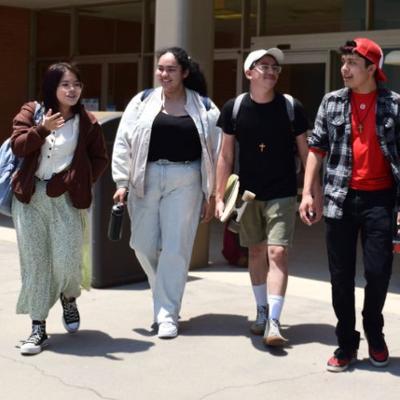EOP History
Celebrating 55 years of EOP’s Legacy of Access and Success.
The Educational Opportunity Program (EOP) emerged from the Civil Rights movement of the late 1960s as a response to the economic and social barriers preventing minorities and underrepresented students from attaining a college education. As a result of this hard-fought, student-led campaign, Senate Bill (SB) 1072 (known as the Harmer Bill) was passed in April 1969.
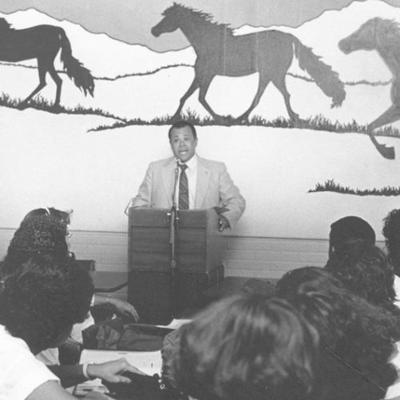
1960s
Late 1960’s – CSU students protest the limited access to higher education for ethnic minorities. They discover the CSU “2% Rule” meaning first-time freshmen with academic difficulties could gain admission to the CSU as special admits (mostly offered to athletes) and pushed the administration to extend the special admit designation to underrepresented students.
1968 – Various CSU’s pilot an EOP type program (precursors to the Educational Opportunity Program) with success.
1969 – Senate Bill 1072, the Harmer Bill, is passed providing for a student assistance program specifically geared for students whose families were economically disadvantaged, but who displayed a potential for academic success.
1970s
Early 1970’s – EOP struggles to become a truly multi-ethnic program. All CSU campuses were divided into the Chicano EOP and Black EOP; Asian and American Indian students were forced to go with either of the two programs to receive services.
1973 – At Cal Poly Pomona (CPP), these two separate offices are merged into one department and James A. Lopez becomes Director of EOP. EOP grew throughout the CSU, providing more structure, guidelines and regulations, and bringing more funding for EOP grants and services.
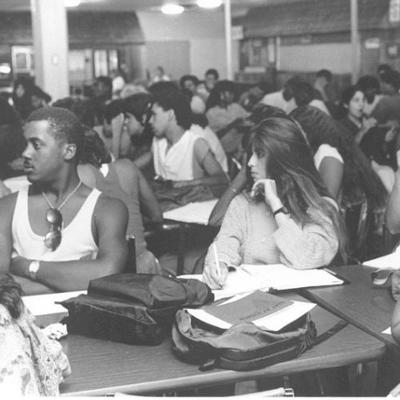
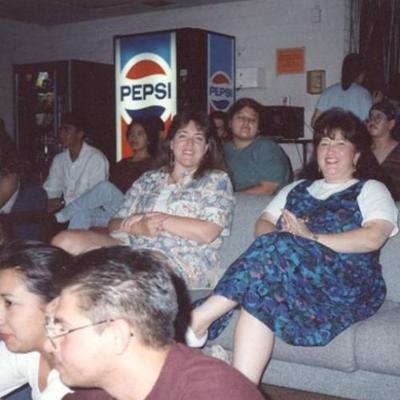
1980s
1985 – The EOP Department at CPP moves to the University Professional Office building - 94.
1985 – EOP pilots its first Summer Bridge program to assist incoming first-year students with the transitions from high school and community college to the university.
Mid 1980’s: Monies that were once protected by the Harmer Bill became "touchable". CSU campus presidents now had total discretion to allocate operational dollars to EOP. While most campuses continued to receive the same funding, on some campuses, year-by-year funding was reduced.
1990s
1994 – In spite of all the progress made, challenges prevalent throughout the 1990’s threatened to erode many of the hard-won gains for EOP. First in a series of major budget cuts hits the CSU greatly impacting EOP.
1996 – Propositions 209, 187, and 227 are passed in California. As a result, Affirmative Action is eliminated within the CSU, and policy decisions based on these propositions had a great impact on how EOP would continue to serve its students.
1997 – CPP’s EOP department is renamed Educational Equity Services and incorporates some pre-college programs.
Late 1990’s – CSU State funding goes from line item to block grant, thus, giving each campus discretion regarding the spending of funds which meant for some campuses, EOP budgets were cut and services dramatically impacted.
1999 – EOP celebrates its 30th Anniversary across the California State University system.
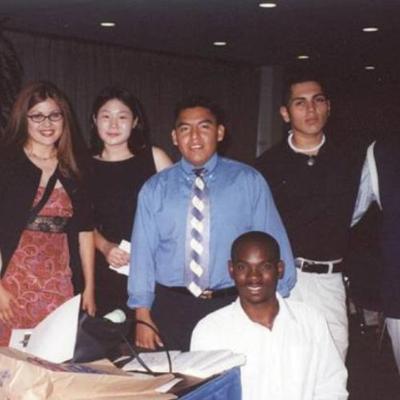
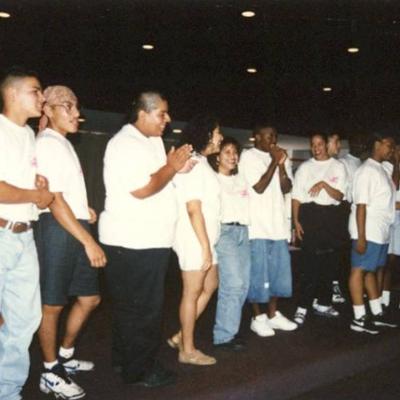
2000s
2002 – Cal Poly Pomona’s EOP launches the Guardian Scholars program to better serve former foster youth. The program was later renamed Renaissance Scholars.
2003 – Arnold Schwarzenegger is elected Governor of California, soon after he proposes the elimination of EOP and Outreach. EOP’s system-wide embark on a “Save EOP” campaign, but many are hit with more budget cuts.
2004 – Educational Equity Services department expands to include the Undeclared Student Program. The department is renamed Student Support and Equity Programs.
2009 – EOP celebrates its 40th anniversary across the California State University system.
2010s
2012 – CPP’s EOP pilots its first three-day Transfer Bridge program.
2016 – CPP’s Student Support and Equity Programs department expands to include the Veterans Resource Center. As our students have changed, so has our program. However, EOP continues to provide access, equity, and support services for students from first generation, historically low-income, disadvantaged backgrounds and remains a critical component of the California State University system.
